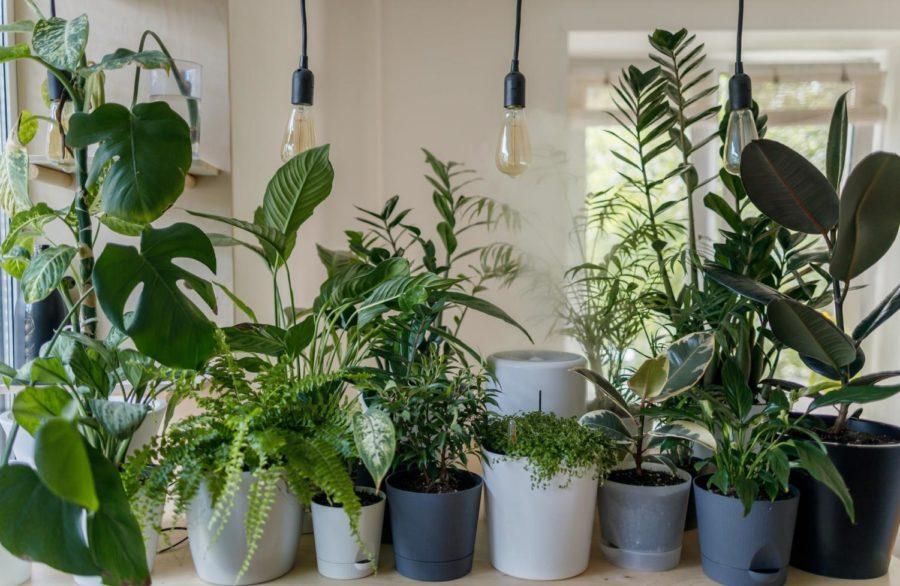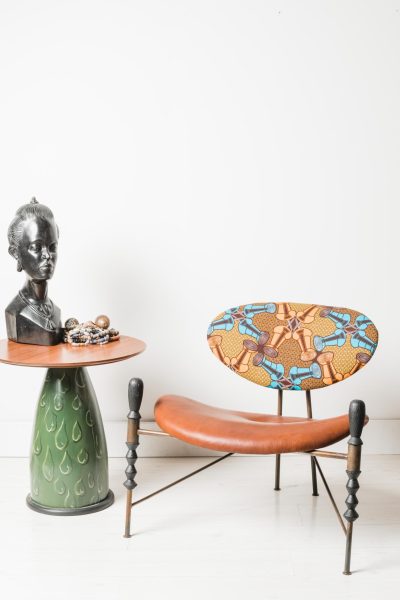Hard-to-kill houseplants for the gardening newbie
Houseplants elevate interior design in all spaces, but they do not have to be a full-time commitment.
September 6, 2021
Houseplants and greenery bring a generous amount of hominess to all spaces. Low-maintenance plants are available whether you live in a dorm room or a place with its own garden. These plants are hard to kill and will make your place inviting immediately.
Aloe Vera
Aloe Vera plants are a staple in many households. They are simple to take care of and are always good to have on hand. When planting aloe plants, be sure to mix the soil with a grittier blend and the plants is similar to succulents with their growing preferences. Aloe plants need bright light, so placing them next to a window that lets in lots of light is wise. There is no need to water them frequently; simply wait until the soil in the pot is completely dry and then give the plant a small amount of water.
Spider Plants
Known as one of the most adaptable houseplants, spider plants are ideal for low-commitment gardeners. These mighty little plants live in basic, medium-sized pots. Spider plants require regular soil and thrive best when placed in semi-direct sunlight. Like aloe plants, spider plants should have somewhat dry soil in between waterings. The only upkeep spider plants need is the occasional pruning of brown and dead leaves. When a leaf dies, gently pull it off the mother plant and place it in the potting soil for some natural fertilization!
Basil
Herbs and cooking plants are not only for professional gardeners. Basil is a good starter-herb for home cooks and people wanting a garden-fresh option in their kitchens. There are two ways to home basil plants. The first is to buy a basil “bouquet” from a grocery store or market. These can be kept in a vase with water by a window or even in the fridge. Basil plants do not last as long when kept as a bouquet, but they do the job for short-term use.
The other way is to pot the basil plant in regular potting soil in a small pot. Basil plants require at least six hours of sunlight each day, so it is easiest to keep them next to a south-facing window. Basil requires an inch of water each week, so somewhat regular watering is recommended. Basil leaves are great on pasta, salads and a multitude of other dishes.
Ficus
Also known as weeping figs, these glossy, tropical houseplants bring a breath of fresh air into indoor areas. Ficus develop best in medium to large pots as they can grow up to three feet indoors. Areas with plenty of bright, yet indirect sunlight are the best spots for ficus. There is no need to water them too much as root rot is common amount indoor ficus plants. Every three days is recommended and keeping the watering schedule consistent is important. Before you get a ficus, be warned that they are toxic to humans and animals. Pet-friendly homes should consider alternative areas or plants before purchasing a ficus.
Jade Plant
This succulent is a decorative houseplant staple for a reason. Their waxy leaves and tree-like trunks create a nice atmosphere in indoor spaces. When jade plants are properly cared for, they can live for generations. Jade plants live well in medium to large pots with a well-draining soil mix. They require at least four hours of sunlight a day and should be kept in a sunny place. Jade plants need more watering and sunlight in the spring and summer months when they are growing, so prepare to move it seasonally.
English Ivy
Ivy is commonly found on brick buildings and outdoor areas, but can also serve as a great houseplant. The plant aggressively grows in humid and cool areas, so there is no need to place it in direct sunlight. Ivy thrives in regular-sized pots and normal soil. Watering ivy should be a daily activity as dry ivy plants tend to invite insect infestations in. Ivy plants look fantastic as a houseplant and styling them on bookshelves and elevated surfaces can bring a lovely botanical style to your home.
Chin Cactus
Cacti are so easy to take care of and look adorable in all indoor spaces. The chin cactus is a popular houseplant and can grow in any size of pot. Chin cacti work best when planted in a grittier soil mixture and should receive lots of sunlight. Watering chin cacti should be a weekly occurrence in the summer but usually does not need any water in the winter.

















